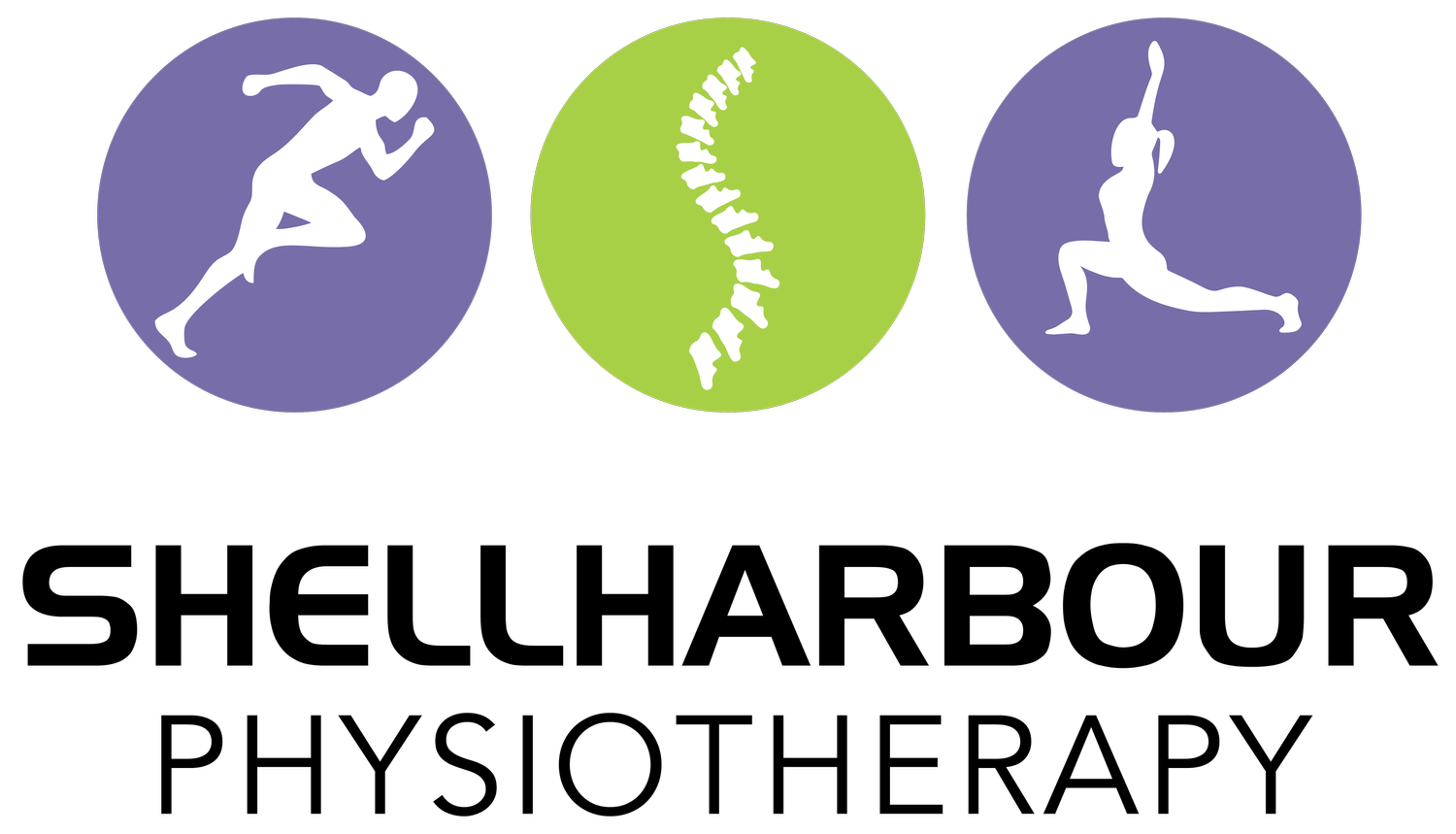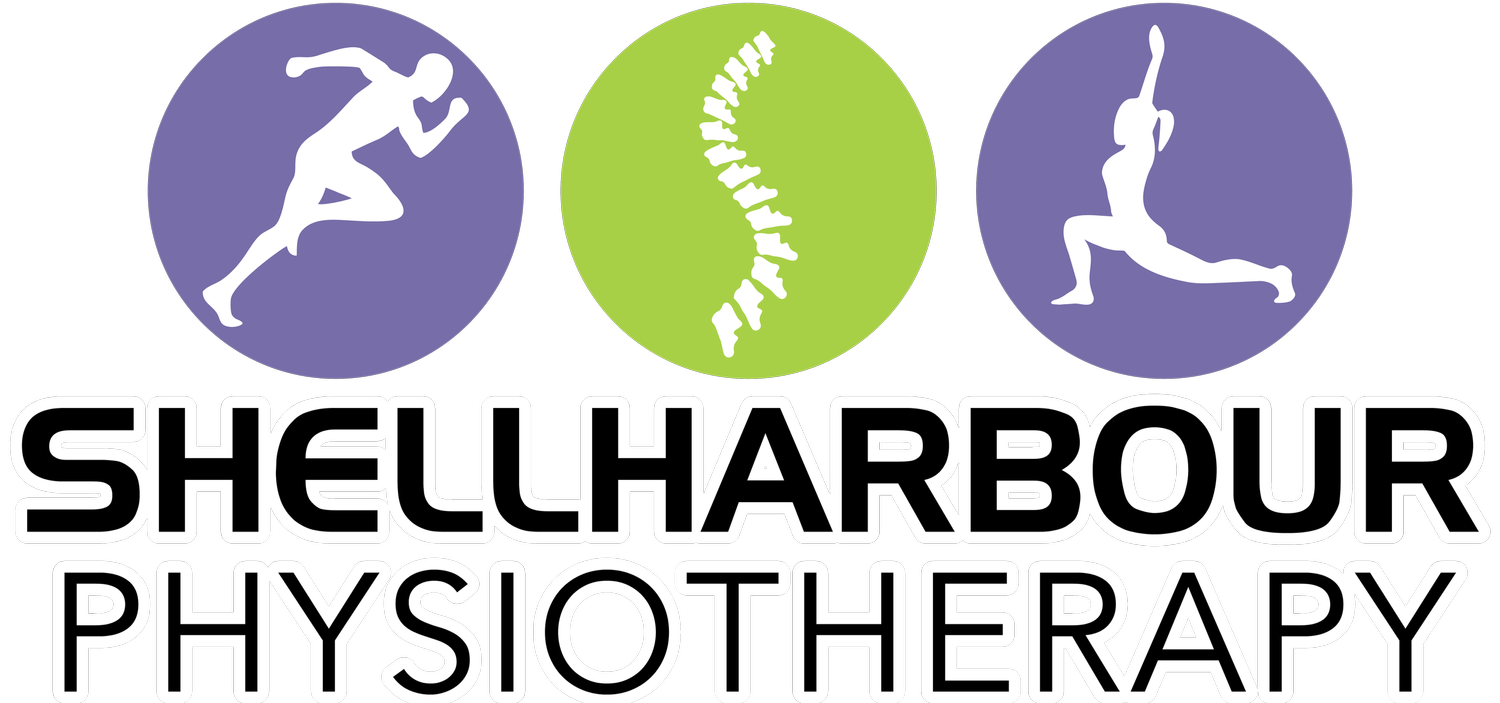KEEP KIDS MOVING: WHY PHYSIOTHERAPY SHOULDN’T BE A LUXURY
For families navigating the world of childhood disability, the National Disability Insurance Scheme (NDIS) ↗ in Australia was meant to be a lifeline—a way to access tailored support that helps children thrive. It allows for children who couldn’t keep up with their peers, or those who were failing to thrive in infancy or early childhood to meet their milestones, achieve at school and live long and active lives. However, when funding cuts hit essential therapies like physiotherapy, the consequences ripple far beyond a spreadsheet. They touch lives, limit growth, and close doors to potential. There isn’t much media coverage, but inside the clinic we are all concerned about how the cuts will impact our patients. The only way to enact change is to spread knowledge, so here is what we know.
What is the NDIS – A bit of Background
The NDIS is Australia's national support program for people with disability, aiming to provide the resources they need to live more independently and participate fully in the community. Rather than a one-size-fits-all approach, the NDIS offers individualised funding plans based on each person's goals, needs, and circumstances. Families and participants work with planners to design these plans—which can include funding for therapies like physiotherapy, assistive technology, personal care, and more. Importantly, the scheme is designed to be flexible and empowering, but many face challenges accessing or maintaining the support they truly need, especially when funding is reduced or reassessed.
What is the role of paediatric physiotherapy in the NDIS?
Physiotherapy is more than just exercises—it’s freedom in movement, confidence in play, and dignity in independence. For children with physical or neurological disabilities, physiotherapy helps with:
Improving muscle strength and coordination
Enhancing mobility and posture
Supporting sensory integration and motor planning
Building daily living skills like walking, sitting, or dressing
These are not “nice-to-haves.” They are fundamental to a child’s physical and emotional development.
Why did they cut NDIS fees for physiotherapy?
This is as loaded a question as most when it comes to federal funding. It essentially breaks down to wanting the NDIS pricing to match those of other schemes, such as Medicare. However, this fails to negotiate the complexity and lifelong requirements of these patients. What it means for children with disability is multi-facetted and will have lifelong effects on their ability to meet milestones, receive education and become healthy, independent members of society. Physiotherapy isn’t a luxury—it’s critical care. Cutting funding for these services is like removing scaffolding from a building mid-construction. The impact isn’t always immediate, but it’s deep and lasting.
What can you do to help?
These funding cuts have already come into effect. However, there is still a strong push for action to reinstate the previous funding model, that put physiotherapy on par with the other allied health on the NDIS. Discussing this with family, friends and colleagues will begin to raise awareness of cost cutting and the impact it will have. Without discussion and education there is never any change. Physiotherapy opens doors for children to reach their potential. Let’s keep those doors wide open.



